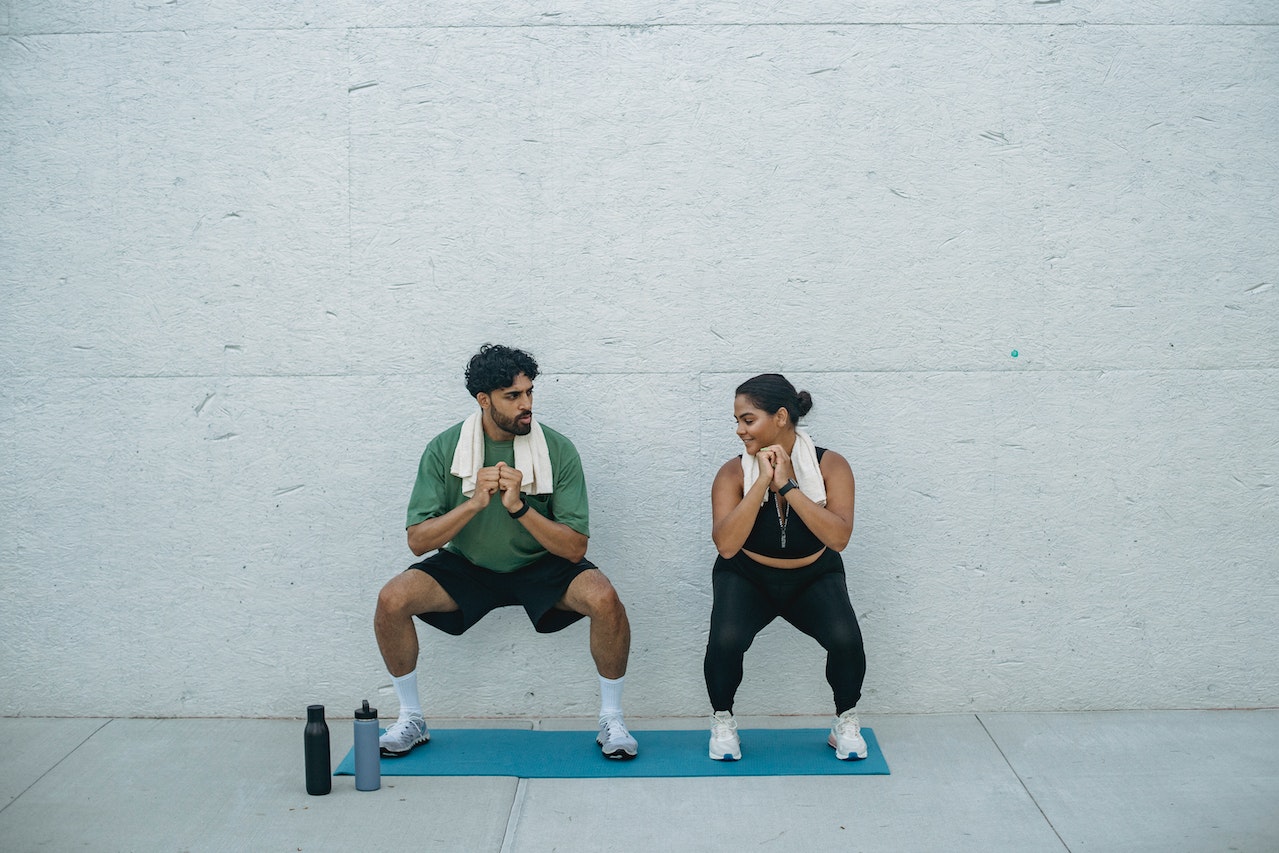
The squat. It’s the opener for a powerlifting meet and one of the greatest exercises to improve strength and build muscle.
Naturally, we overthink the depth position in a squat and today I want to break down what to do to improve your depth so it’s undeniable at your next meet. The depth standard for a meet is, the hip crease going below the top of your knee. This is important not only to receive white lights at a meet, but you’ll gain the benefit of utilizing your hip musculature through its greatest range of motion, which will help you push more weights over time.
Everyone can squat to depth, but if you’re having trouble I’m here to help! 🙂
Here are my recommendations:
Step 1: Open your hips/drive your knees out.
Start with a roughly shoulder-width stance (there will be some variants in width depending on the lifter). Focus on opening your knees/pushing them out as you descend into the bottom position. Pushing your knees out creates space for your hips to drive back lower between your legs. Achieving depth allows you to not only successfully complete a lift at a meet, but also to gain the benefit of training the muscles of the hips, legs, and back through their full range of motion.
Step 2: Pause squats
Try pausing at the bottom to learn your positioning. Start with your optimal stance, barefooted, in lifting shoes, or whatever shoe you prefer to squat in. Think about spreading the floor as you descend into the bottom position, sit back into your hips, and learn depth by holding that position for 2-5 seconds. Start body weight, progressive to a 30-35lb DB if you need to before getting under a bar to help build confidence. Remember, pause squats are a light alternative to your competition lift.
Step 3: Record, record record
Lastly, record yourself (even if it’s uncomfortable at first) you will benefit and reduce time being wasted not knowing if you’re hitting depth correctly. Here is how to set up your camera to see your depth the best.
Start by bringing your camera below the hip crease level. The angles that would capture depth the best are a side view of your lift and a rear oblique as well. Make sure the camera isn’t pointing down or up because that can distort the perception of depth.
Try these three tips out if you’re struggling to hit depth and let me know if any of these help!
Happy Squatting.



